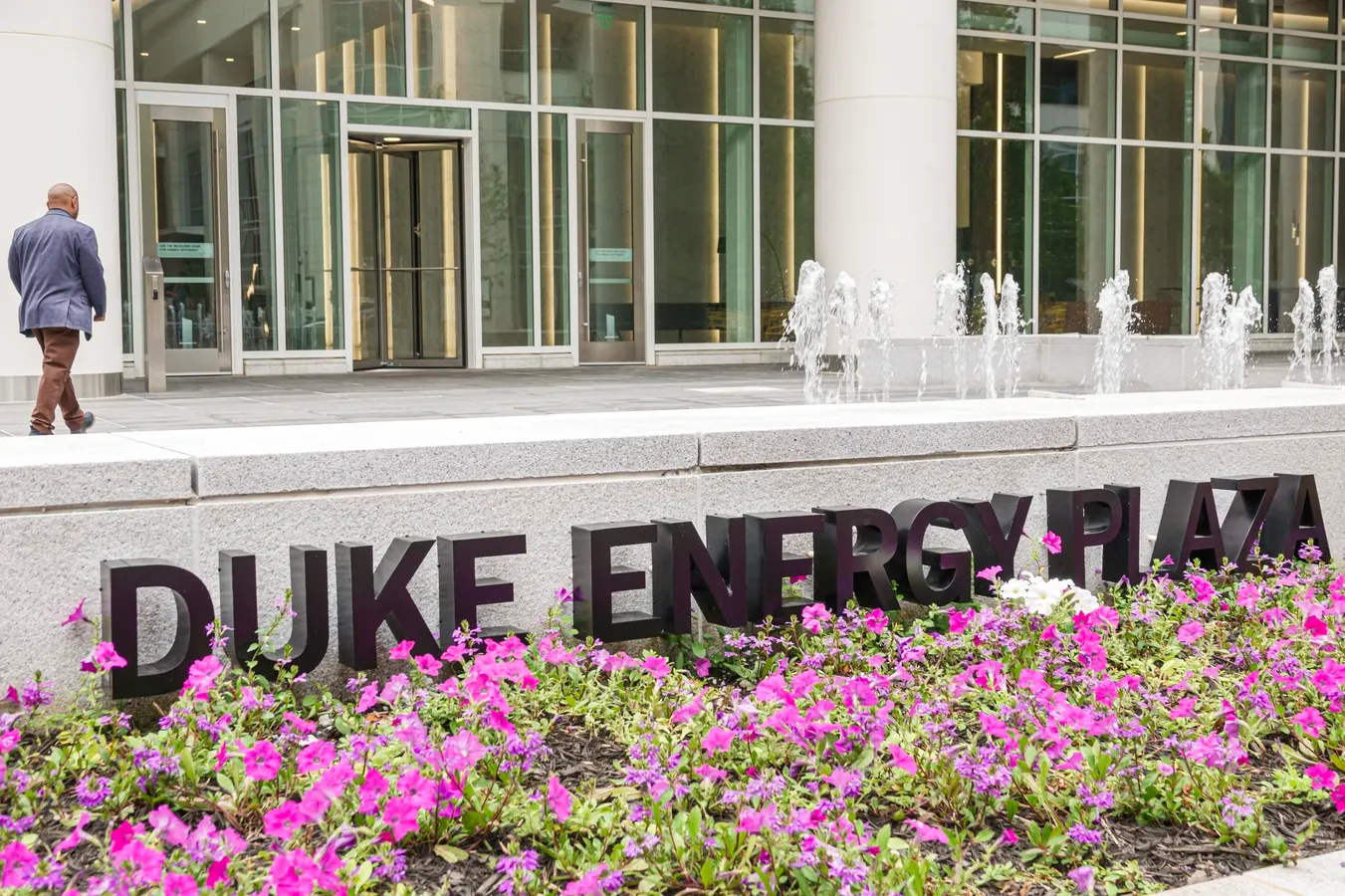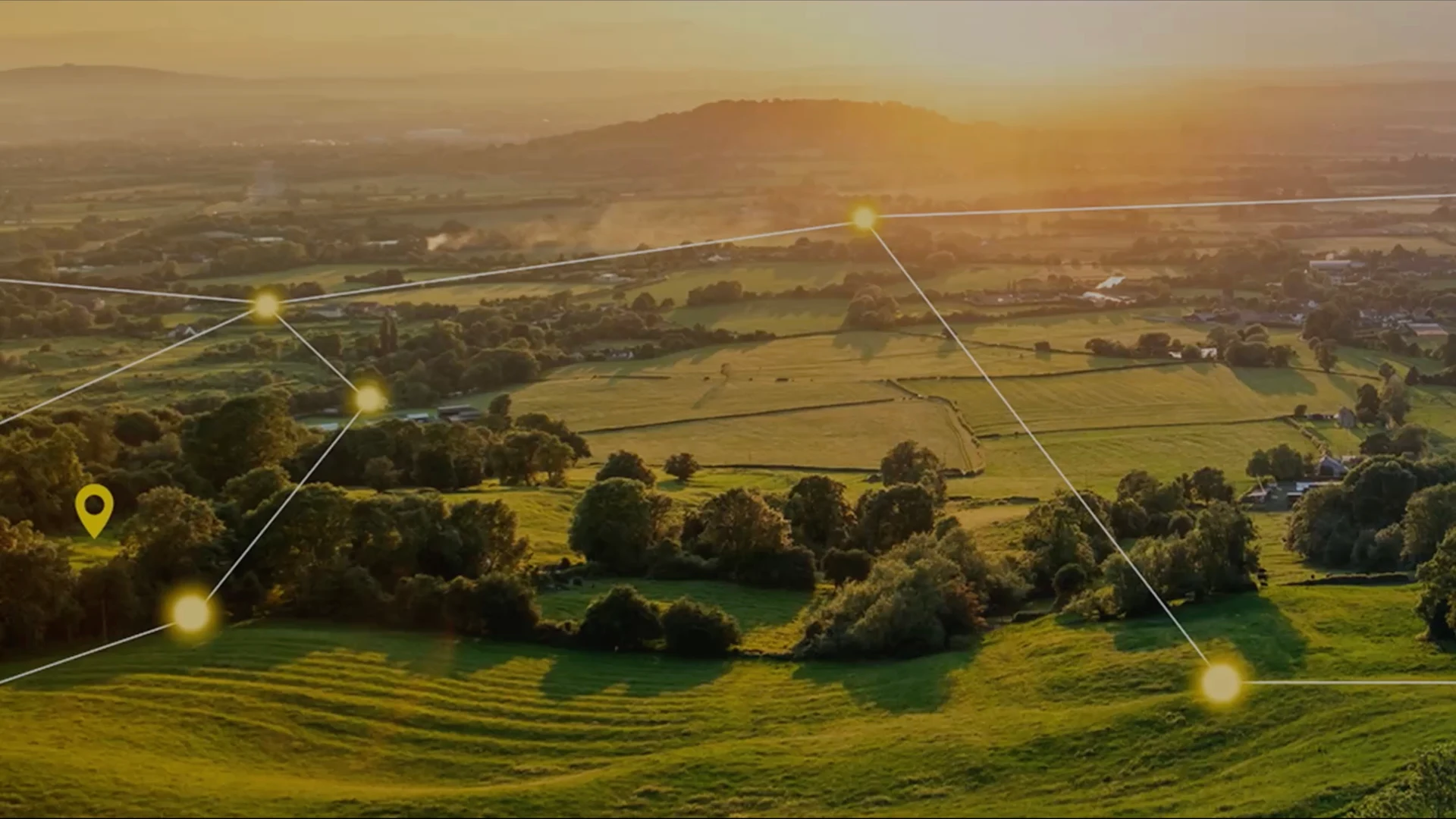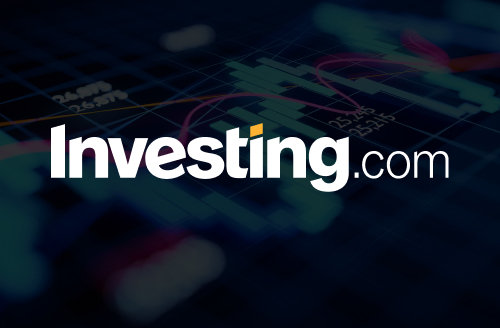Copyright forbes

Duke Energy headquarters in Charlotte, NC Jeffrey Greenberg/Universal Images Group via Getty Images Richard Donaldson has spent nearly twenty-five years at Duke Energy. Roughly nine months into his tenure as senior vice president and chief information officer, he leads digital strategy across one of America’s largest energy companies. Duke is vertically integrated, spanning generation, transmission and distribution across the Carolinas, Florida, Ohio, Kentucky and Indiana, with a gas business in Tennessee slated for divestiture in early 2026. Its scale is vast: 55 gigawatts of generation and 11 nuclear reactors. In Donaldson’s world, “always on” is not a slogan. It is table stakes for millions of customers and for the grid that serves them. His remit covers technology initiatives, reliability, vulnerability and lifecycle management, plus infrastructure, operations and telecom. He also steers how Duke uses digital capabilities and artificial intelligence to modernize internal operations, upgrade customer experience and accelerate the energy transition. “Our job is simple in concept but difficult in execution,” he said. “We have to make sure every system, every application, every data stream is there when our business partners need it to keep the lights on.” The CIO as operator and orchestrator Donaldson likens the first year in the chair to a teacher’s first year without a lesson plan. “There’s no CIO playbook,” he said. “You figure things out as you go, and you learn fast.” Fortunately, after nearly a quarter century in Duke’s IT ranks, he knows the people and the pitfalls. The environment he manages is sprawling, with about 1,400 business applications, roughly 10 to 15 percent of those built in house along with infrastructure stretching from fiber and radio towers to on-premises and cloud data centers. His team structure mirrors the business. “I’ve got leaders who own all things generation and renewables, others who focus on the distribution and transmission and a traditional IT operations team that runs our servers, databases and telecom,” he explained. Cybersecurity is a separate organization led by CISO Martin Strasburger, “but we work lockstep,” he emphasized. Energy modernization at scale Utilities are experiencing something they haven’t in decades: growth. “We’re a growth company, which is new for this industry,” Donaldson said. Population increases in the Southeast and the explosion of data centers are driving demand. A single hyperscale facility, he noted, “can draw a gigawatt of power; the same output as one of our nuclear reactors.” MORE FOR YOU Meeting that demand means building and interconnecting new generation while also optimizing existing assets. “If we can squeeze one percent more efficiency out of a plant or a line, that’s a win,” he said. “It’s not free, but it’s a lot cheaper than building new generation.” Data analytics and modeling, he explained, “help us understand how to optimize everything from what’s being drawn down at a meter to what a power plant is producing.” Customer experience as a grid reliability product Around 2015, Duke Energy reimagined the customer journey. “For a long time, our focus wasn’t really on the customer experience,” Donaldson admitted. “That changed when we realized customers think about us at just two points: when their bill comes and when the power goes out.” Duke Energy CIO Richard Donaldson © The Machine Photography His team found that customers value transparency even more than speed. “It surprised us, but people would rather be out longer and get consistent updates than be restored faster and left in the dark about what’s happening,” he said. Today, Duke benchmarks itself not just against other utilities but against retailers, banks and digital platforms. “Our customers don’t compare us to the power company across the street,” he said. “They compare us to Amazon and their bank app. We have to ‘act like we know them,’ use data responsibly and create an experience that feels personal and modern.” AI as part of digital, not a magic button Duke’s AI journey began in 2017 with simple predictive models. “We were using weather-normalized meter data to detect slow meters or even potential energy theft,” Donaldson recalled. But when generative AI exploded, “suddenly every boardroom was asking what we were doing with it.” He cautions against seeing AI as a cure-all. “AI is not an easy button,” he underscored. “Data, process design and governance determine whether you actually get value out of it.” In 2024, Duke formalized its guardrails, determining which tools are approved, where humans must remain in the loop and how to prevent model drift or hallucinations. “We went slow to earn the right to go fast,” he said. Now, the company has more than 50 generative AI use cases in flight. “We’re seeing results from field operations to customer service to IT itself,” he said. “AI is helping us reduce manual work, get faster insights and deliver more consistent service.” Building comfort and capability across the enterprise Introducing AI requires empathy. “People either don’t understand it or they’re afraid of it,” Donaldson observed. His team focuses on business problems, not on pushing technology for its own sake. “If AI helps, great. If a script or better data gets you there faster, do that instead,” he recommended. To build confidence, Duke gave all IT employees access to generative AI tools early. “We told our team: this is your world, get smart about it,” he said. “Everyone has a killer prompt waiting to change their day, like the way mobile check deposit changed banking overnight.” Donaldson’s group also runs design thinking and “art of the possible” workshops to help business units identify opportunities. Half of the use cases come from everyday AI tools that boost individual productivity. The other half are departmental or cross-functional, solving bigger problems. Two sides of the data center boom The AI surge is transforming both technology and energy supply. “Being a CIO at an electric utility right now is like catching lightning in a bottle,” Donaldson said. “For once, the technology wave that changes the business also changes the very market we serve.” He sees enormous demand for electricity and connectivity. “There’s talk of data centers building their own generation, of restarting nuclear plants, of massive fiber expansion,” he said, while continuing to pose a question. “The question is: will the appetite match reality over the next few years?” Guardrails for value Donaldson sums up his strategy in three principles: Always on: “Reliability comes first,” he said. “If our systems aren’t running, our people can’t do their jobs and our customers don’t get power.” Data before dazzle: “You can’t bolt AI onto bad data,” he warned. “Good data and clean processes are what make AI valuable.” Human in the loop: “AI should augment people, not replace them,” he emphasized. “We need oversight and accountability, so clever tools don’t create expensive mistakes.” The through line Duke Energy’s transformation, Donaldson said, “isn’t one big leap. It’s a sequence.” The goal: modernize operations, communicate better with customers, use digital tools and AI to extract more from assets, and prepare for unprecedented load growth. “We’re not chasing shiny objects,” he said. “We’re building capacity for tomorrow while keeping the lights on today.” After nearly a quarter century at Duke, his motivation remains simple. “I know this company’s pulse and purpose,” he said. “Our mission is to deliver energy safely and reliably, every day, while getting ready for a very different energy future.” Peter High is President of Metis Strategy, a business and IT advisory firm. He has written three bestselling books, including his latest Getting to Nimble. He also moderates the Technovation podcast series and speaks at conferences around the world. Follow him on Twitter @PeterAHigh. Editorial StandardsReprints & Permissions



